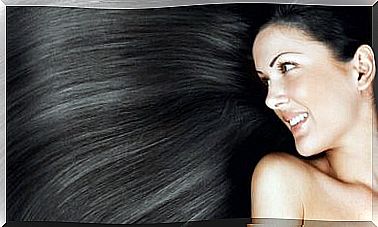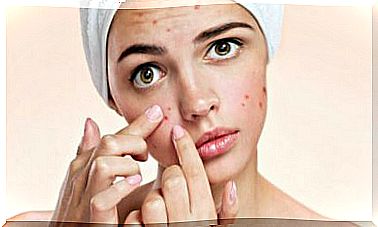What Types Of Spots Exist On The Skin?
There are several types of spots on the skin that usually become evident over time. There are differences between them, both in color, as well as in size and thickness. In fact, its appearance is influenced by several factors.
In particular, they can be caused by excessive exposure to sunlight, the use of certain medications, hormonal alterations, among other factors that intervene on melanocytes. The latter are responsible for the formation of spots on the body and face. How to distinguish them? Keep reading!
Types of spots on the skin
Not all types of skin blemishes are the result of sun exposure and age. Some are manifestations of pathologies that require specific treatment. Next, we detail the most frequent ones.
Mycosis or pityriasis versicolor
Pityriasis versicolor is a fungal infection commonly seen on the skin. The fungus causes an alteration in the normal pigmentation of the epidermis, which can be seen as small spots of different color.
In general, these are located in the area of the shoulders and trunk, and can have a more or less dark pigmentation with respect to the skin. Sun exposure in the summer months highlights these spots even more.
The fungus that causes it lives on the skin under normal conditions; however, when the immune system is compromised, there is greater proliferation. It is not a contagious disease nor does it have characteristic symptoms. It can cause insecurity in the person who suffers it or emotional anguish.
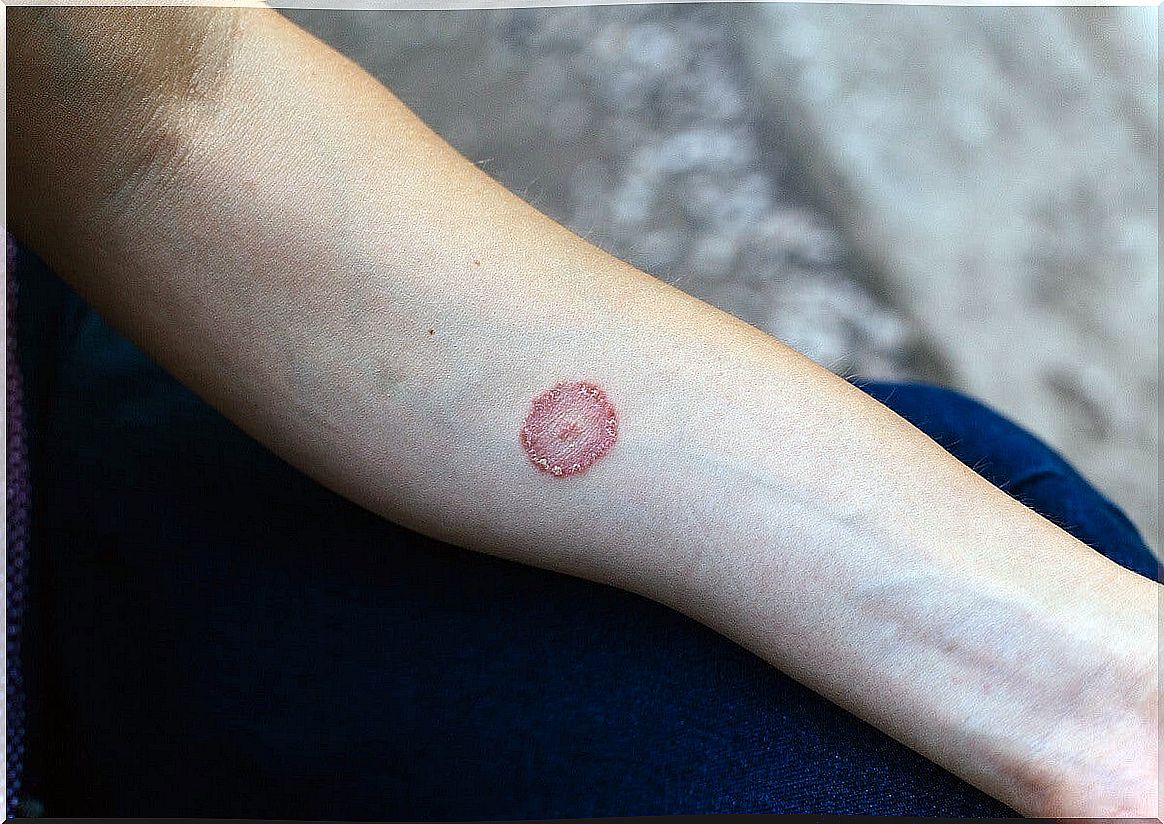
Pityriasis alba
Pityriasis alba is one of the types of skin spots whose evolution is chronic. It occurs as an asymptomatic dermatosis and is seen more regularly in children. The spots it causes are characterized by being discolored, with a slight peeling.
It is located on the face, particularly the cheeks and mouth; Likewise, it tends to occur in areas exposed to the sun and the outer face of the forearms. It is not a serious pathology, but it is frequent. According to a study shared in the journal Cutis , without proper treatment, injuries can take months or years to resolve.
Solar lentigo
Also known as “actinic or senile lentigo”, it is a benign manifestation that occurs in areas of the skin exposed to the sun. They are hyperpigmented, with a color that ranges between black and brown, a surface without relief and surrounding skin with a normal appearance.
Its most common location is on the forearms, face, upper part of the face, and the back of the hands. An American Family Physician publication states that its differential diagnosis is made with seborrheic keratoses, freckles and lentigo maligna.
It is not a stain that needs to be treated, but its simple manifestation indicates that there is photo damage and, in general, it represents a nuisance from an aesthetic point of view.
Read also: Keys to protect yourself from UV rays
Acanthosis pigmentosa
Also called “acanthosis nigricans”, it is a skin disorder in which dark areas develop, with thickening of the affected area. The most common locations are the armpits, groin, and neck.
An article published in the Journal of Basic and Clinical Physiology and Pharmacology concludes that the presence of these lesions are a clinical indicator of hyperinsulinemia in the blood study. For this reason, they are usually observed in people with diabetes, obesity or metabolic syndrome.
There are no specific treatments for these spots, the treatment of basic pathologies can reduce pigmentation and abnormal texture in the affected areas.
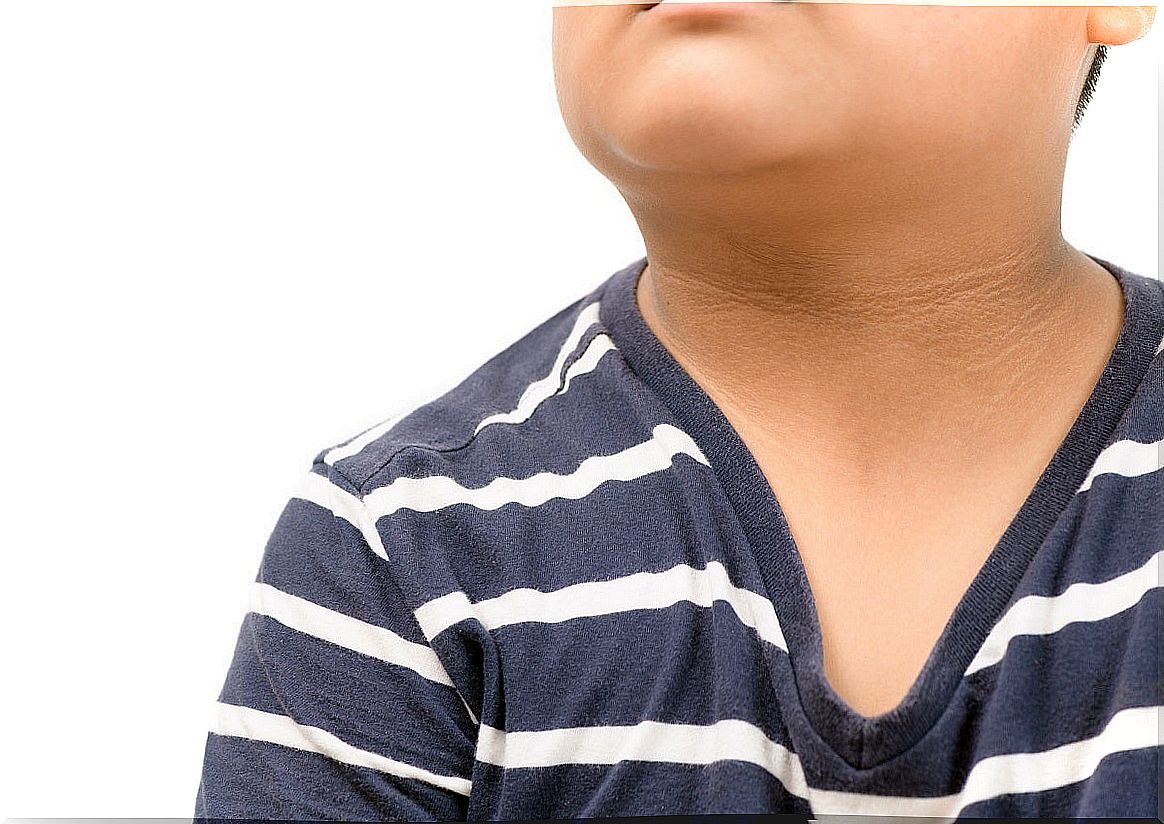
Nevi
Nevi are melanin-containing formations, which can be raised or flat. Their hue varies according to the amount of pigment they have, from brown to brown or black. They can have a congenital origin, although they also appear over time.
In the latter case, it is associated with hormonal fluctuations, such as those that occur during the gestation period or at puberty. An annual control by the dermatologist is recommended, since some spots can evolve into problems of greater care.
Ephelides
Better known as “freckles”, they are tiny, flat, reddish or light brown spots that can be up to 5 mm in diameter. They are usually located in the areas of the body most exposed to the sun; Furthermore, they are related to fair skin with red or blond hair, with a dominant inheritance.
They appear as a protective reaction against ultraviolet rays. Therefore, in the summer season they intensify or worsen. To avoid them, the daily use of sunscreen is recommended, regardless of the time of year. It is also convenient to control the number of hours that the skin remains exposed to the sun.
Melasma
Melasma is a very common manifestation. It greatly affects women from the age of 25. It is characterized by the presence of dark spots, especially on the face and areas exposed to the sun.
It usually worsens with the intake of contraceptives, in the period of pregnancy and during menopause. However, it is possible to treat it with depigmenting creams or laser procedures.
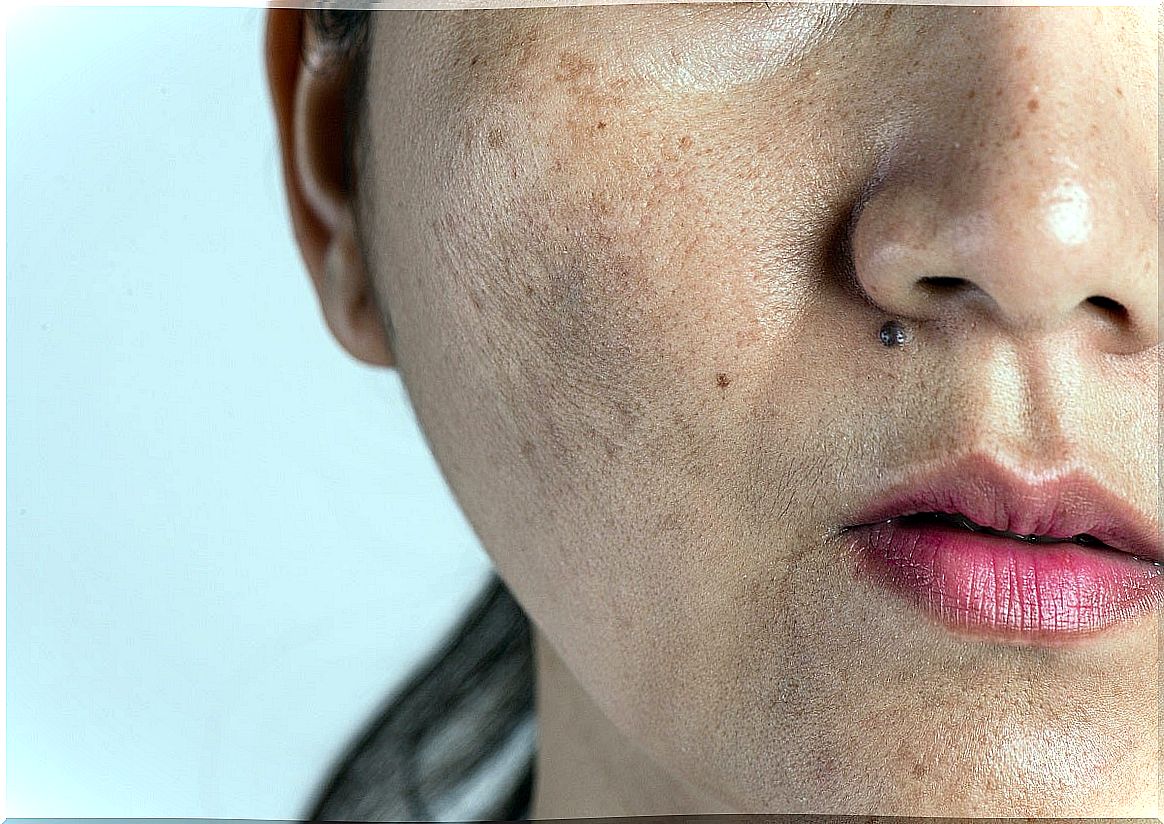
You may be interested: How to prevent melasma
Vitiligo
Vitiligo is a degenerative pathology that causes the complete disappearance of the usual skin pigmentation. Whitish spots, which are well defined, are observed in periorificial regions such as around the eyes, mouth, nose or also on the hands and legs.
The importance of control
Whatever the manifestation on the skin, the ideal is to seek attention from a dermatologist to obtain a correct diagnosis. The specialist, once he determines the origin of the condition, will be the one to decide whether or not any treatment is required.
In any case, measures such as the use of sunscreen every day, hydration and other care can help keep skin healthy and looking better.




